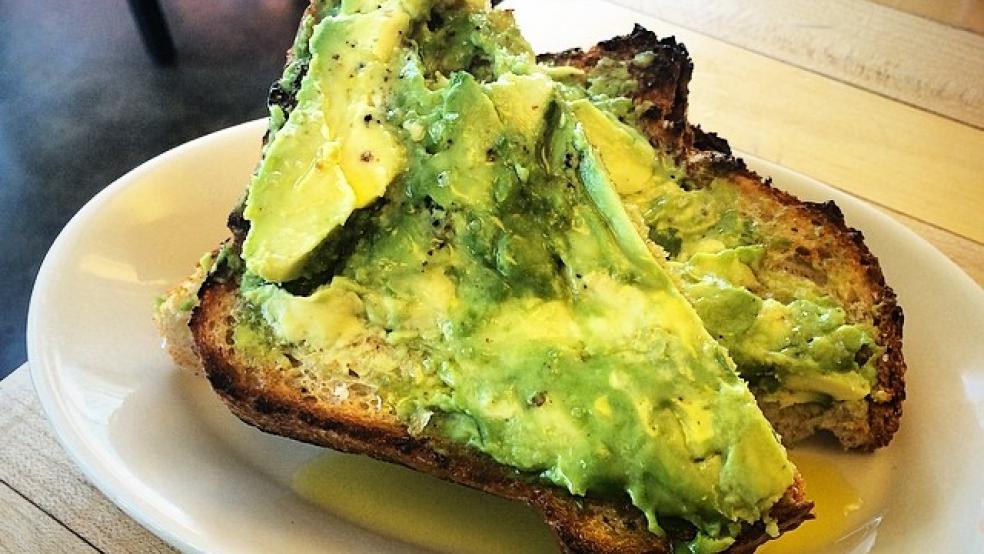Avocados are delicious, fatty little fruits. And Americans love them.
The country consumed 6.1 pounds of avocados per person in 2014, more than triple the figure from 2000. To put that in perspective, our growing avocado hunger means the fruits already blow pears out of the water and are fast approaching apple territory.
Related: The 11 Hottest Food Trends for 2017
But even as more and more people fall in love with avocados, they're getting harder to come by.
Avocados are, as of November 3, the most expensive they've ever been.
The trend has been building throughout 2016. Earlier this year, spiking prices drove a crime wave in New Zealand, with almost 40 major orchard thefts reported by June. You read that right: orchard thefts. Thieves were invading avocado orchard to pluck heaps of avocados off trees. That's how out of control this situation has gotten.
As Quartz reported in September, there isn't a single, simple explanation for the spike.
Hot weather, droughts, and beetles are driving up the cost of avocados
Most avocados grown in the US come from California. The state had a miserably hot, dry summer in 2016. Highs in avocado-growing regions reaching 117 degrees, and the Los Angeles Times reports that left avocado trees wilted and battered.
On top of that, growers in the state have been battling an invasive species since 2012 that attacks avocado trees. The polyphagous shot hole borer, a tiny beetle, drills holes in the trees and leaves behind a deadly fungus.
Related: The Surprising Food Trend That’s Driving the Restaurant Recession
And on top of that the state has weathered a severe, unprecedented drought for more than five years.
But even that isn't the whole story of the avocado price spike.
Mexico dominates global avocado sales, accounting for about 80% of sales in the US alone. In the state of Michoacan, where there are few opportunities to strike it rich, growers have torn up forests and wrecked local environments in a rush to meet the global demand.
But imports have dropped dramatically this year. Why? The same heat that struck California accounts for part of it. More immediately though, a dispute between growers and distributors has seen farmers blocking roads to prevent shipments from getting out.
As Adam Chandler pointed out over at The Atlantic, hot weather and droughts have also caused problems for alternative suppliers in markets as far-flung as Australia. Chile, in the midst of a drought, has seen drinking water diverted from human beings to thirsty avocados.
The point is, our world is less hospitable to the weather-sensitive, slow-to-grow fruit than it once was. And no matter how much more we demand, there are increasingly hard limits on the supply.
A farmer in Victoria, Australia told ABC Rural that climate change was forcing him to reconsider his whole approach to growing avocados, calling this a "whole other chapter" in the story of the crop.
In the meantime, as the price of a crate of avocados climbs, restaurateurs are looking to more sustainable alternatives — like sweet potatoes. Chipotle insists it will keep stocking guac, however.
This article originally appeared on Business Insider. Read more at Business Insider:
Samsung just recalled nearly 3 million washing machines because they might explode
US intelligence officials warn NYPD of possible al Qaeda attacks around Election Day

